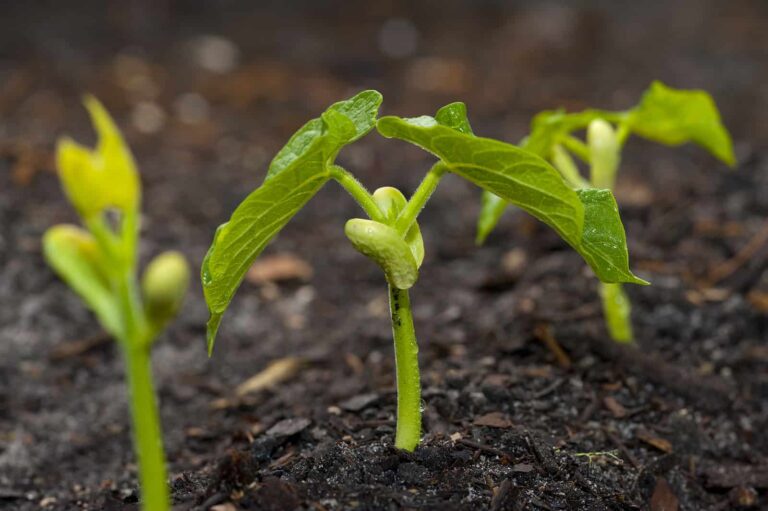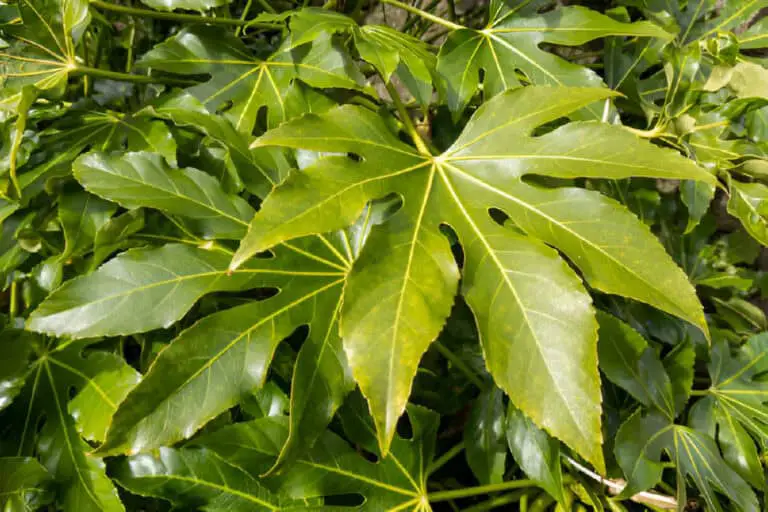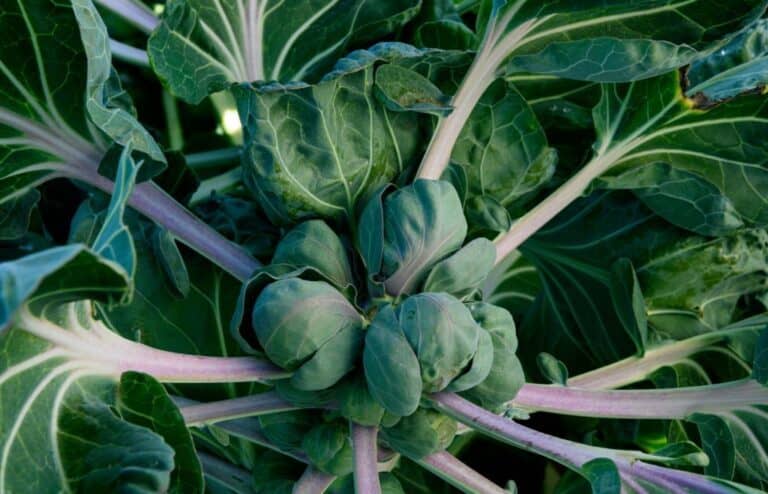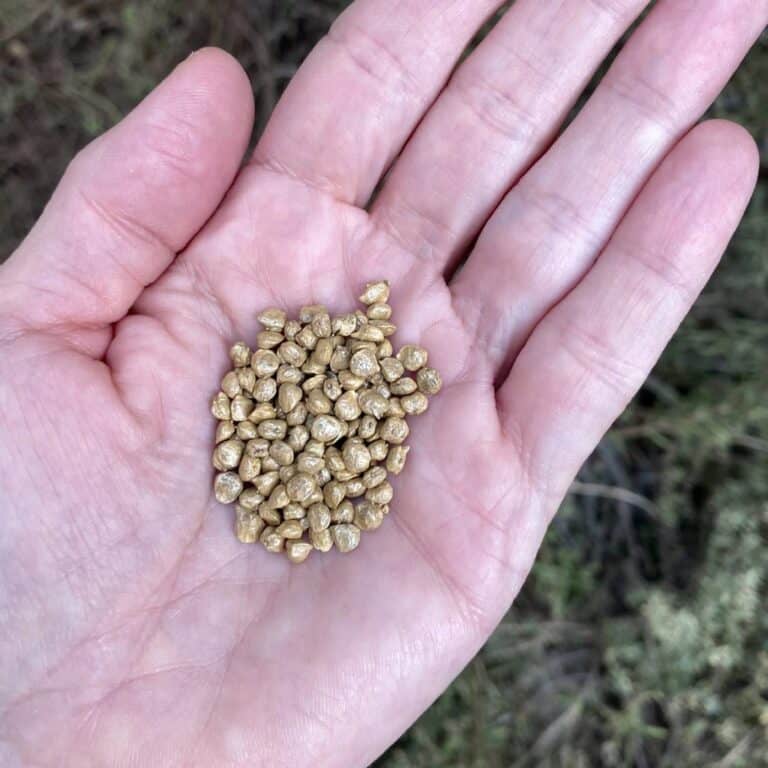Succulent Etiolation: How to Prevent and Fix Stretching
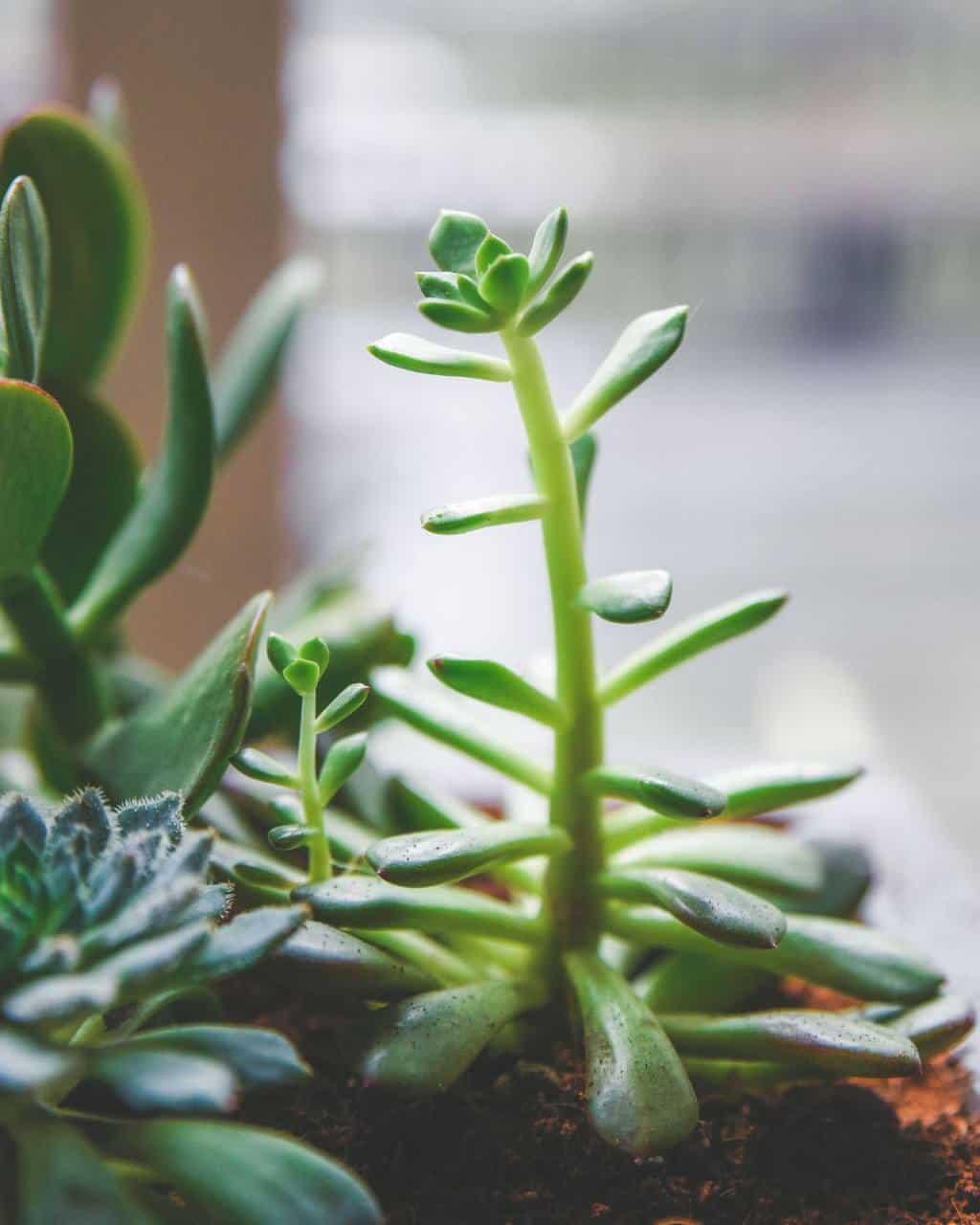
If you’re wondering what succulent etiolation is and what to do about it, then you have come to the right place!
Succulents are wonderful houseplants and are renowned for being easy and low maintenance. However, one day you wake up and you notice that your lovely houseplant looks leggy, stretched out, and pale in color. Not what you had hoped for?
If you notice these signs, then your succulent has probably etiolated. This guide aims to talk you through exactly what etiolation is and how to fix succulent etiolation.
If you’re after general care tips, we also have a great read on taking care of succulents, or learn our best tips on how to make a succulent grow faster!
We also think you’ll enjoy our 10 best succulents for terrariums and tips on succulent terrarium care.
Etiolated succulents are a common problem. There are ways to fix a plant with this condition, but first we must understand what etiolation is.
What is Etiolation?
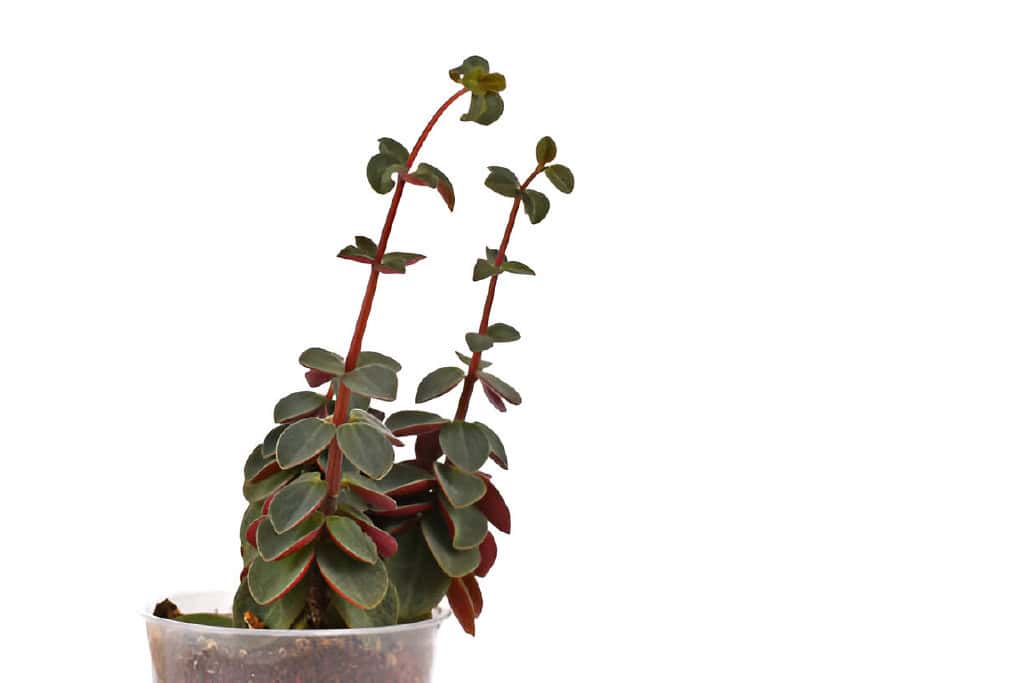
The dictionary definition of etiolate is to cause (a plant) to whiten or grow pale by excluding light. However, a more defining characteristic is that of an abnormal growth pattern. Your succulent will look long, leggy, bent, and stretched instead of their usual tight-knit leaves.
Succulents and cacti are not the only species of plant that can become elongated, and it is a common problem for a number of popular plant groups.
What Causes Succulent Etiolation?
Succulent etiolation is caused by a lack of light. Water and temperature can also affect it. Etiolation is most common with indoor succulents and is a response mechanism to insufficient sunlight.
When a plant is in need of more light, it will stretch out and grow towards the place where it thinks it will reach maximum light. This is what will give your succulent an elongated, bent, and goofy look. They also appear weak and pale, as they spend a lot of energy growing tall.
Etiolation is most common for indoor houseplants. The light is often poor, especially for some light-loving succulents. Outdoor succulents may also etiolate if they are in a shaded place for the majority of the day.
The reason plants, succulents, and cacti etiolate is because they need sunlight to reach photosynthesis. This is a process used by plants and other organisms. It converts light energy into chemical energy. That energy can later fuel the organisms’ activities (view source). Essentially, it is a fancy word for plants feeding themselves, and just like humans, plants are dependent on food.
How Do I Know if I Have an Etiolated Succulent?
It is usually pretty obvious when you have an etiolated succulent, but it’s important you don’t mistake rapid growth for a deprived plant. If you are unsure whether your houseplant is etiolated, then there are some common telltale signs that you can look out for.
Leaves Point Downwards
The first thing you should do if you suspect succulent etiolation is to inspect the leaves. Rosette-forming succulents such as Echeveria are renowned for their gorgeous upright leaf pattern. However, if the plant is light-deprived, then you will notice that the leaves will begin to droop and eventually face downwards.
This is because the plant is adapting to get more light by creating a surface area and is the first sign of an etiolated succulent.
Pale and Bleached Color
The next thing to look out for is a pale, whitish, or bleached color. The traditional bright green color we all know and love is a result of chlorophyll. Science Daily describes chlorophyll is a green pigment in plants, algae, and cyanobacteria. It helps with photosynthesis.
If your succulent isn’t getting enough direct sunlight, then chlorophyll will be unlikely to form, leaving your plant a pale green or white color.
Rapid, Bent and Leggy Growth
Finally, the most obvious sign of succulent etiolation is the bent, leggy, and stretched-out growth. This will usually also happen very rapidly. Your succulent’s leaves will be spaced out. This is because it can’t form new leaves as fast as it is growing.
Due to the desperation of finding the light, an etiolated succulent will often be bent and have weak stems. This is because it is trying to head for as much light as possible to reach photosynthesis. Eventually, this weakened stem will break off and die.
| Related: Can Succulents Thrive in Shallow Soil? |
How to Fix Succulent Etiolation
Unfortunately, once a succulent is stretched out, there is no way you can shrink it back to how it was before. Reshaping succulent etiolation is impossible.
You can trim your succulent to make it look ‘normal.’ Then, place it by a window with direct sunlight. But, your plant will never look the same again.
Your plant will also need to be nursed back into sunlight, or else the leaves will burn. Gradually build up the amount of sunlight it gets by increasing it by 30 minutes per day.
But it is not all bad news. If you are unhappy with your leggy friend, then you can always use the trimmings for propagation and end up with even more lovely houseplants!
Roots will start to form on your cutoff in about 2-3 weeks, and then offshoots will begin to appear. You can then care for your new succulent properly and watch it grow into a healthy, happy, green plant.
How to Prevent Succulent Etiolation
Succulent etiolation is something you don’t want and can be quite the nightmare when growing succulents indoors. You can take a few steps to avoid the hassle of fixing an etiolated succulent, as we described above.
First of all, ensure your succulents are in a south-facing, brightly lit window. Succulents need at least 4-6 hours of sunlight a day to thrive, and any less, then you will see it begin to struggle. However, as mentioned above, too much sunlight will lead to sunburn, which is a whole other issue in itself! If this begins to happen, move the succulent to a bright room out of direct sunlight.
If you can’t give your plant daily sunlight, then buy a growth lamp. It’s not recommended, but it’s your best option. These lamps emit wavelengths for photosynthesis. They will keep your plants growing, even on dark, miserable days.
Finally, assess your environment. You may need a different succulent, one less prone to etiolation.
Will my etiolated succulent die?
Succulents are actually very adaptable and resourceful, so they can live many years once etiolated. As long as you gradually move the plant to get more sunlight each day, then your succulent should be just fine. It is more or less the aesthetics that many people are unhappy with.
What Types of Succulents Are Prone to Etiolation?
Succulent etiolation is more common in some types than others. So what types of succulents are prone to etiolation? Most of the time, we find that succulent etiolation is more common in rosette succulents, including:
- Echeveria
- Sedum
- Crassula
- Sedeveria
- Graptosedum
We highly suggest that you try a different type of succulent than the above if you want to avoid succulent etiolation altogether. Particularly for Crassula, an etiolated succulent can cause your jade plant dropping leaves.
Succulent Etiolation: A Quick Recap
With all the FAQs on succulent etiolation, we hope you can now take steps to prevent it. We want you to avoid an etiolated houseplant. For a quick recap on everything we have discussed above, the main tips and need-to-know questions answered were:
- What is etiolation?
- What causes succulent etiolation?
- How do I know if I have an etiolated succulent?
- How to fix succulent etiolation
- How to prevent succulent etiolation
- Will my etiolated succulent die?
- What types of succulent are prone to etiolation?
The main thing to take away from this blog and article is to always keep your beautiful succulent plant in the sunlight! Photosynthesis is important for any type of plant to live, and the main factor in this is the amount of light it gets.
In particular, succulents need between 4-6 hours of light a day for them to truly thrive. They are a fantastic low-maintenance plant that makes them suitable for a first-time houseplant. They only need watering once every few weeks and rarely need fertilizing (once a year will do!).
Succulents are a popular choice for indoor and outdoor plants. They are used decoratively worldwide. Their long life and ability to adapt to most conditions make them ideal.
We hope that you have enjoyed this quick guide on succulent etiolation and are now well knowledgeable on the subject.
We try to answer the most pressing questions on succulent and cactus care. Other popular topics of discussion are cactus care tips for beginners, how to revive a Christmas cactus, why is my Christmas cactus not blooming and are coffee grounds good for succulents?
If you would like to know anything else about succulent etiolation, or if you have any of your own tips on the matter, please leave a comment! We are always interested in learning new things and aim to give our audience the best possible advice!

